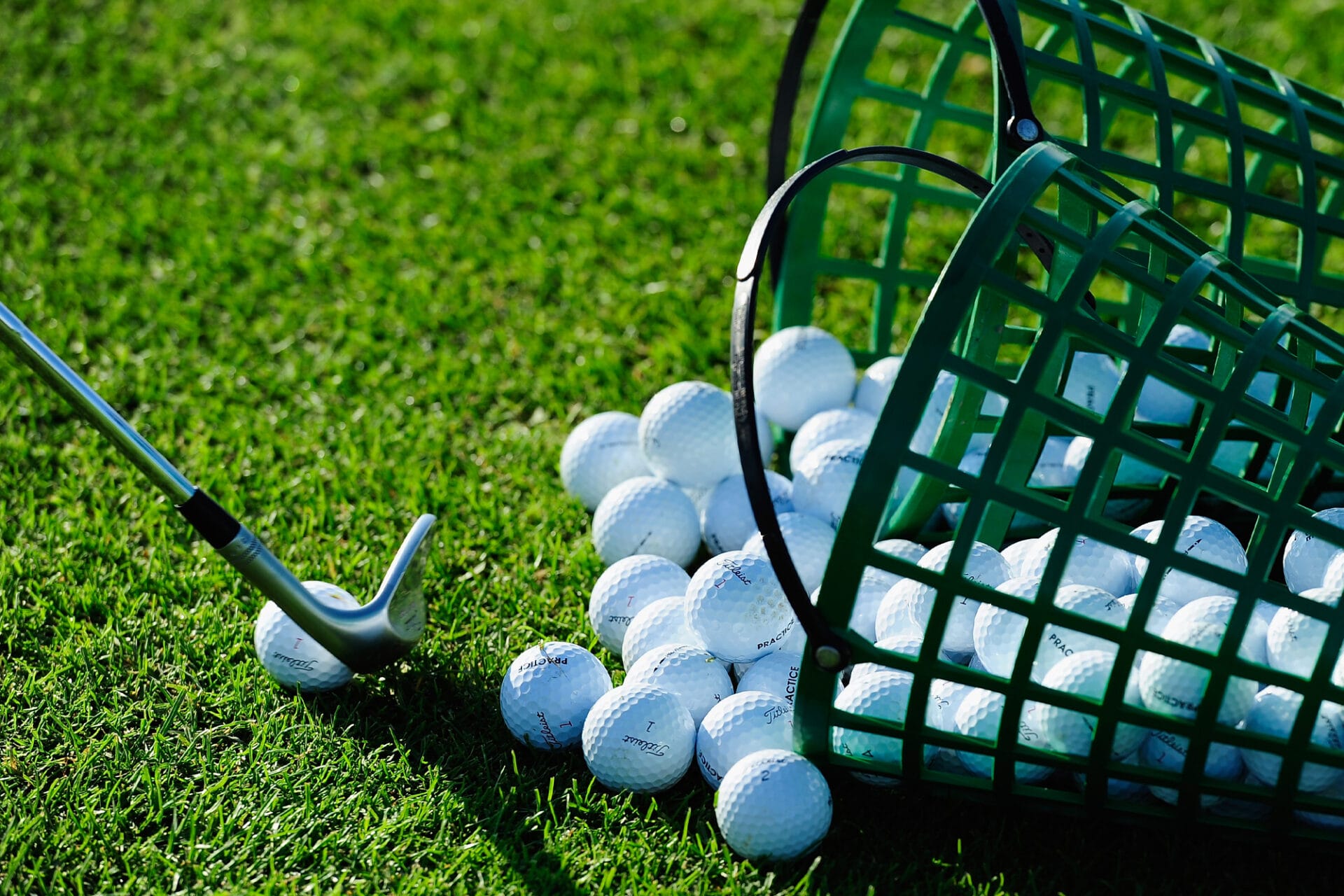Some pros called it ‘monstrous,’ others (but very few) hailed it as something that will bring back lost skills and enhance entertainment, but everyone has an opinion on the R&A and USGA’s decision to ‘roll back’ the golf ball.
What does the ‘roll back’ actually mean and why are they doing it?
Well, under the current system, golf balls are tested on a machine to simulate a 120 mph Driver swing speed, with a specific launch angle and spin-rate, and the max carry distance allowed under these conditions is 317. Under the new system, the max carry distance remains the same, but the speed is increased to 125mph, the spin-rate lowered slightly and the launch angle slightly increased.
So, in effect, the modern, tour-standard golf ball tested under these new conditions will fly considerably farther, thus rendering it illegal, and new golf balls must be designed to conform to the standard. The longest hitters in men’s professional golf will lose an estimated 13-15 yards in carry distance, while the average female pro will lose 5-7 yards.
Ok, that’s what it means for the pros, but what about the average golfer?
Well, the average golfer doesn’t have the same speed as the pros so they will lose less distance. Because swinging at high speed produces increased compression on the ball which then creates a ‘springboard’ effect, those swinging at lower speeds will still lose a little distance, but very little in comparison. According to the joint R&A and USGA report, the average recreational golfer will lose less than five yards. Essentially, if you swing faster, you’ll still it further, but the distance gains will be less than they are at present.
So why is this necessary?
There are a number of reasons for it. First and foremost, advanced technology, combined with increased athleticism means that modern players are hitting the ball much farther than they did in the past. In the last 25 years, the average Driving Distance on the PGA Tour has increased by almost 30 yards, meaning that many golf courses – some of them iconic – have effectively become obsolete for the top pros. Since there is a finite amount of land available, lengthening courses is not an option for most and with each extra yard, maintenance costs and irrigation requirements increase. It has also changed the strategic elements of golf courses as bunkers etc. that were once placed to put a premium on accuracy can now be easily carried, and again, moving the bunkers to suit the modern game incurs heavy cost.
Again, this sounds like an issue for the pros. Why do I have to change my ball if I can’t carry it 300 yards?
Well, ‘bifurcation’ was the initial proposal put forth by the R&A and USGA back in March. They proposed a ‘Model Local Rule’ (MLR) that would see professionals and those competing in elite amateur competitions using balls that complied to the new testing conditions while the regular player could still use the existing balls.
So what happened to that idea?
Most of the elite tour pros were vehemently opposed to the idea, as were most of the leading equipment manufacturers. The PGA Tour claimed that they would not be implementing the MLR, the ball manufacturers claimed that the costs of creating balls under two completely sets of specifications would be too great, and that the fact that you or I can play the same ball as Rory McIlroy or Tiger Woods is one of the beautiful things about the game.
When does this come into effect and is it permanent?
They’ve been very fair to the manufacturers. The new ball specifications will be brought in for professional golf in January 2028 and for all other golfers in 2030. And is anything ever permanent? If it proves to be an unworkable solution, they can always revert back.
So that’s the distance problem fixed then?
Not exactly. Increased athleticism is never a bad thing and players should never be punished for being able to hit the ball far and straight, but modern golf clubs – and the Driver in particular – have allowed for much greater forgiveness on ‘off-centre’ hits. With today’s clubs and the revised ball, modern players will still be hitting the ball considerably further than they did 20 years ago, and the governing bodies have pledged to continue to test ‘Driver Creep’ – the terminology for when, after countless hits, the protective outer layer of the driver face wears down and the harder surface underneath allows the ball to come off the face even faster – as well as the forgiveness levels when missing the centre of the face.
Does this mean new Driver rules down the line?
It’s too early to say. For the moment, the golf ball is the primary concern, but they will continue to monitor hitting distance and forgiveness and may be forced to act in the future.
We keep hearing that golf is experiencing unprecedented popularity, so why now?
Better late than never. Realistically, the effect on the average recreational golfer is going to be minimal and the potential savings to golf courses are immense. Anything that helps golf courses survive, reduces the cost of green fees or memberships, and makes the game more sustainable can only be good for the future of golf.
























Leave a comment